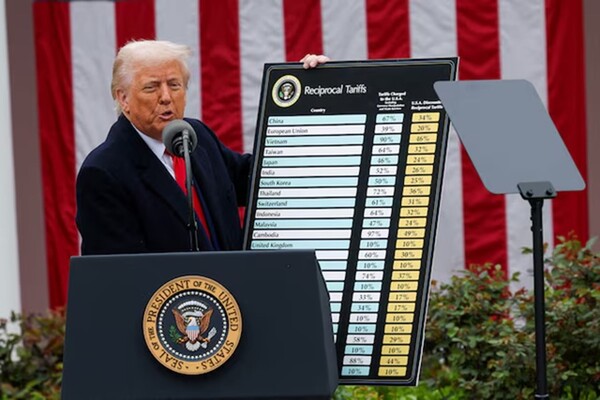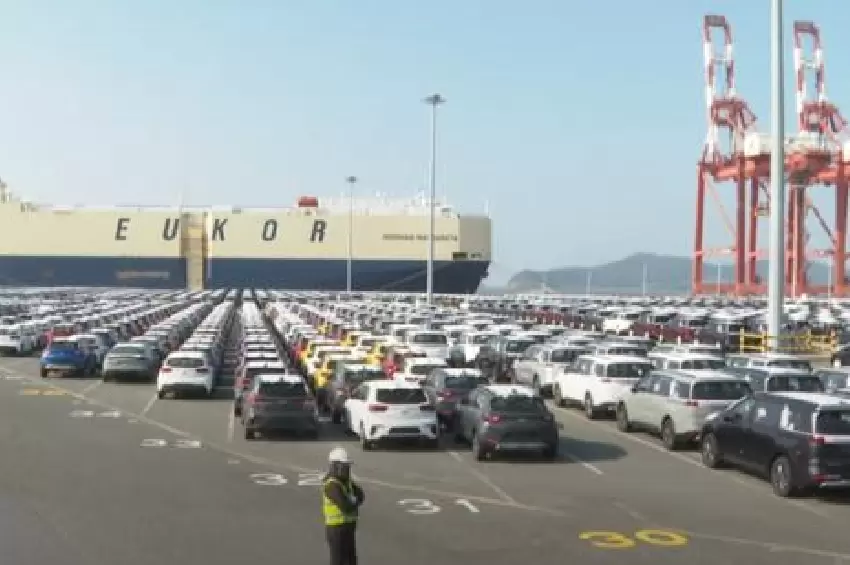Historic Trade Agreement Between South Korea and the U.S.
In a landmark decision, South Korea and the United States have reached a significant trade agreement, narrowly avoiding reciprocal tariffs. The U.S. has consented to reduce tariffs from 25% to 15%, while South Korea pledges a staggering $450 billion investment into the U.S. economy. This deal marks the end of the Korea-U.S. Free Trade Agreement (FTA) benefits, leaving sectors like semiconductors and pharmaceuticals in a state of 'tariff deferral'.

Impact on the Auto Industry
The agreement has leveled the playing field for Korean automakers, who previously enjoyed tariff-free exports under the FTA. Now, facing the same 15% tariff as Japan and the EU, Korean companies like Hyundai and Kia must adapt to maintain their competitive edge in the U.S. market.
Challenges Ahead
Despite the agreement's immediate benefits, challenges loom. The scale of U.S. investment and the management of funds present significant hurdles. Additionally, unresolved issues like agricultural market openings and digital regulations could spark future disputes.
Looking Forward
The deal's long-term implications for South Korea's economy and its trade relations with the U.S. remain uncertain. With tariffs on key items like semiconductors and pharmaceuticals still undecided, the path ahead is fraught with potential obstacles.









Comments